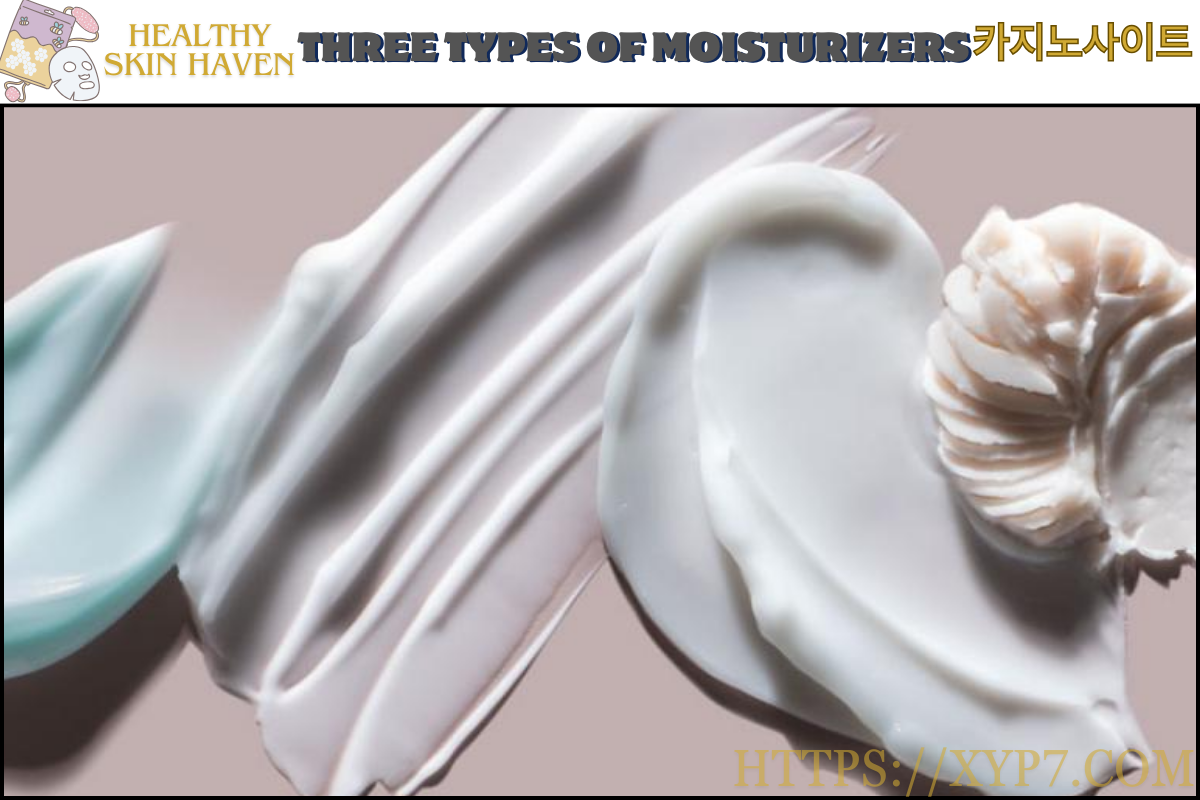Three Types of Moisturizers We are all familiar with moisturizers, right? The item that leaves our skin feeling silky and smooth? They actually do a lot more than that! They are very significant and good for the skin! But to be honest, with so many different types of moisturizers available, it can get a little confusing. Thus, how can you determine which one is best for you and which one will cause skin irritation? In this blog post, we explain it to you! Go on to find out more.
Let’s start with the formulation now. Typically, moisturizers consist of three distinct types of ingredients: occlusives, humectants, and/or emollients. Certain moisturizers might contain more of one kind of ingredient than the other. Moisturizing products come in liquid, gel, and cream forms. The breakdown of these unique moisturizing components and how they function as moisturizers is as follows:
RELATED: The Differences Between Hydrating and Moisturizing Your Skin

Moisturizers based or dominated by humectants
- Excellent for all skin types, but especially for oily skin types, moisture-drawing ingredients
- brings moisture to skin cells to maintain skin hydration
- helps to keep water on the skin’s surface by binding to it.
- Takes up quickly
- Lightweight uniformity
- Seek for: Glycerin, Aloe Vera, Honey, and Hyaluronic Acid.
- Consider: Gel mixtures
Moisturizer primarily based on emollients
- Ideal for normal, dry, and combination skin types are space fillers.
Lipids and oils act as fillers in the skin’s crevices, smoothing out the epidermis and assisting in barrier repair. - smooth texture
- Look for: lanolin, shea butter, squalane, grape seed oils, ceramides, rosehip, silicone (dimethicone, cyclomethicone),
- Consider: Light lotion or cream compositions
Moisturizers with an occlusive base or dominant
- moisturizers for dry, dehydrated, and mature skin types
- occlusives have a thicker texture.
- prevents water from evaporating—ideal for dry skin
- Look for: Shea butter, mineral oil, lanolin, beeswax, and olive oil.
- Think: Consider balms and thick creams.
Certain skin types respond better to different formulas and consistencies. Below is a list of the general matches:
Gel: suitable for combination to oily skin types
Creams: Dry to mixed skin types 카지노사이트
Combination skin types and some oily skin types may benefit from using liquid/lotion moisturizers, depending on the formulation.
We hope this blog entry was useful! Remember these the next time you’re looking for the ideal moisturizer to make sure you get the right one for your skin type!
